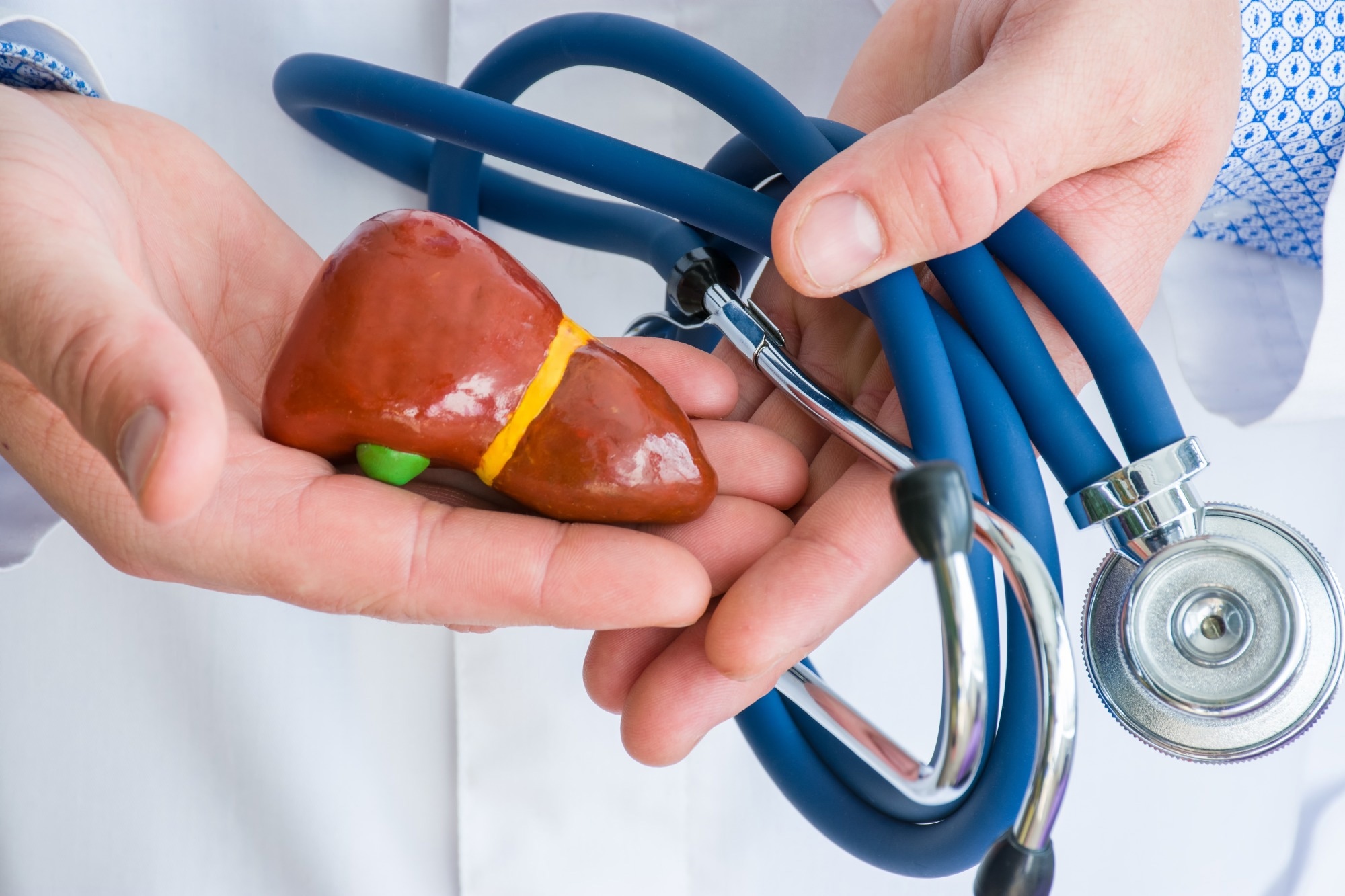In a recent study published in Clinical Gastroenterology and Hepatology, researchers quantified the adverse effects of fast-food intake on liver steatosis.
 Study: Quantifying the Negative Impact of Fast-food Consumption on Liver Steatosis Among United States Adults with Diabetes and Obesity. Image Credit: Shidlovski/Shutterstock
Study: Quantifying the Negative Impact of Fast-food Consumption on Liver Steatosis Among United States Adults with Diabetes and Obesity. Image Credit: Shidlovski/Shutterstock
Background
In the US, the consumption of fast food is widespread and is associated with an increased risk of cardiovascular disease and diabetes. However, more research is required regarding the influence of fast-food intake on nonalcoholic fatty liver disease (NAFLD) risk or if the impact of fast food on the incidence of steatosis varies among individuals having factors associated with metabolic risks, such as diabetes and obesity. It has been hypothesized that dietary intake is among the most influential factors for NAFLD; however, there are significant gaps in evidence associating food consumption with steatosis, especially among high-risk persons. Extensive research can help promote public health efforts concerning dietary prevention as well as develop risk mitigation methods to lower NAFLD incidence.
About the study
In the present study, researchers employed vibration-controlled transient elastography (VCTE) to determine the quantitative effects of fast food intake on the risk of liver steatosis.
The study involved 20-year-old individuals with reliable steatosis assessments, who did not report pregnancy in the study period, and who provided one- or two-day food recall data. Steatosis was quantified through a controlled attenuation parameter (CAP) measured in decibels/meter (dB/m). Items described as restaurant fast food or pizza were deemed as fast food and were classified as less than 20% or 20% and more of daily calories.
The team estimated the relationships between hepatic steatosis and fast food intake using multivariable linear and logistic regression. In light of the recognized association between fast food and diabetes and obesity, possible interactions were assessed between diabetes and obesity and fast food consumption. Age, gender, ethnicity and race, body mass index (BMI), consumption of sugar-sweetened coffee or beverage, diabetes, alcohol usage, and physical activity were incorporated into the models. To determine how much fast food could impact NAFLD incidence in people at high risk, the population attributable risk (PAR%) associated with CAP of 263 dB/m or more was calculated separately for obese and diabetic subjects.
Results
Almost 2037 (52%) of 3954 people consumed fast food. Approximately 1147 (29%) who obtained 20% or more of their daily calories from consuming fast food had a higher chance of being men, younger, obese, and consuming sugar-sweetened drinks, but they were less likely to consume coffee. After multivariable adjustment, fast-food consumption of 20% or more was notably linked with higher steatosis, as a continuous estimate, as well as concerning the cutoff of CAP of 263 dB/m or higher. The association between fast food consumption of 20% or more and CAP of 285 dB/m or more was not statistically important. To reduce the possible effects of alcohol usage, the team also performed a sensitivity analysis that excluded heavy drinkers and noted that the relationships between fast-food consumption and steatosis were not significantly altered.
In multivariable models, the team also discovered significant associations between fast food consumption of 20% or higher and obesity and between fast food consumption of 20% and higher and diabetes. Additionally, fast-food intake of 20% or more was also related to an adjusted CAP which was 11 units higher in obese individuals, compared to a two-unit lower CAP in non-obese individuals. Also, fast-food intake of 20% or more was related to a 16-unit increase in adjusted CAP among diabetics and a three-unit increase among non-diabetics. Furthermore, the PAR% of CAP of 263 dB/m or more for fast food was 17% among obese individuals and 17% among diabetic patients.
Conclusion
The study findings showed that the intake of fast food is related to liver steatosis, irrespective of sociodemographic factors, metabolic comorbidities, and other health behaviors. Even though the extent of the correlation is moderate in the overall population, the team found a dramatic rise in steatosis incidences among diabetic and obese individuals who consumed fast food in comparison to non-diabetic and non-obese persons.
Our data imply that the impact of fast-food consumption on liver fat is significantly worse among individuals with metabolic comorbidities. These findings emphasize the need for specialized dietary guidance for at-risk populations, such as diabetics and obese individuals. Ultimately, public health measures are required to limit the use of nutrient-poor, high-calorie diets in the United States and to provide access to healthier, more nutritious food alternatives.